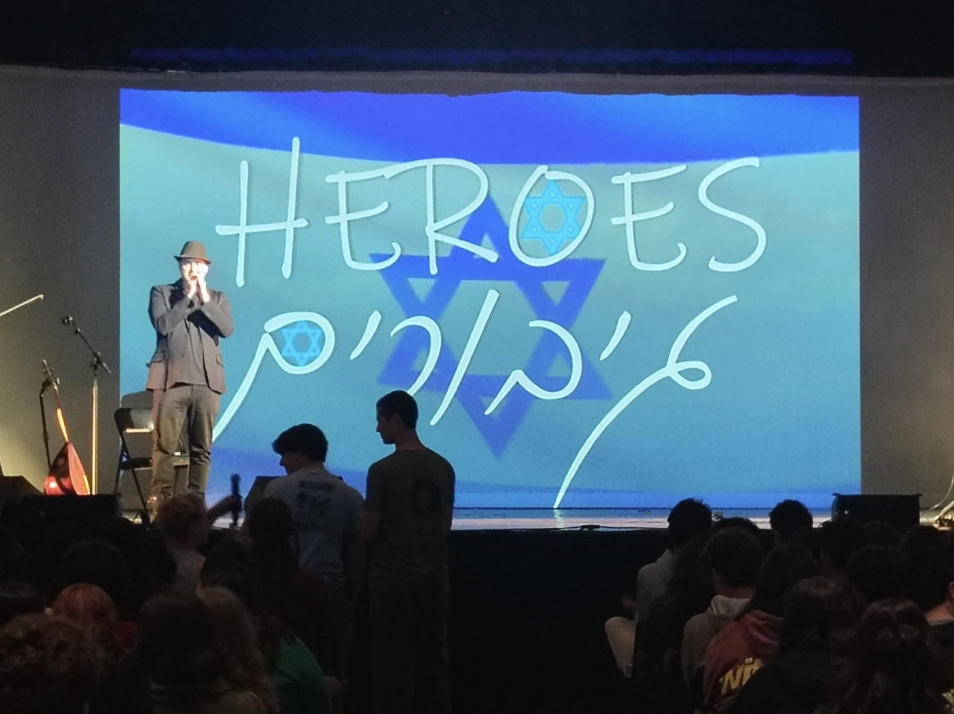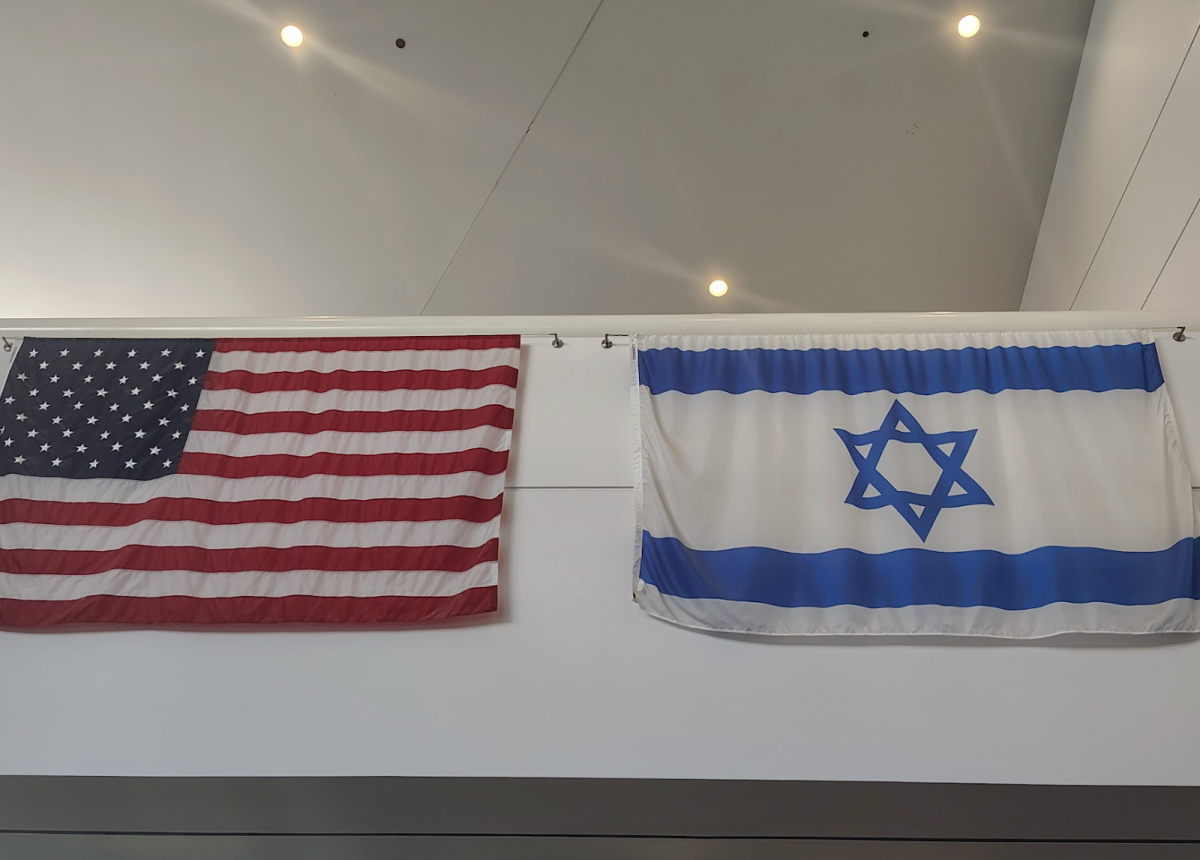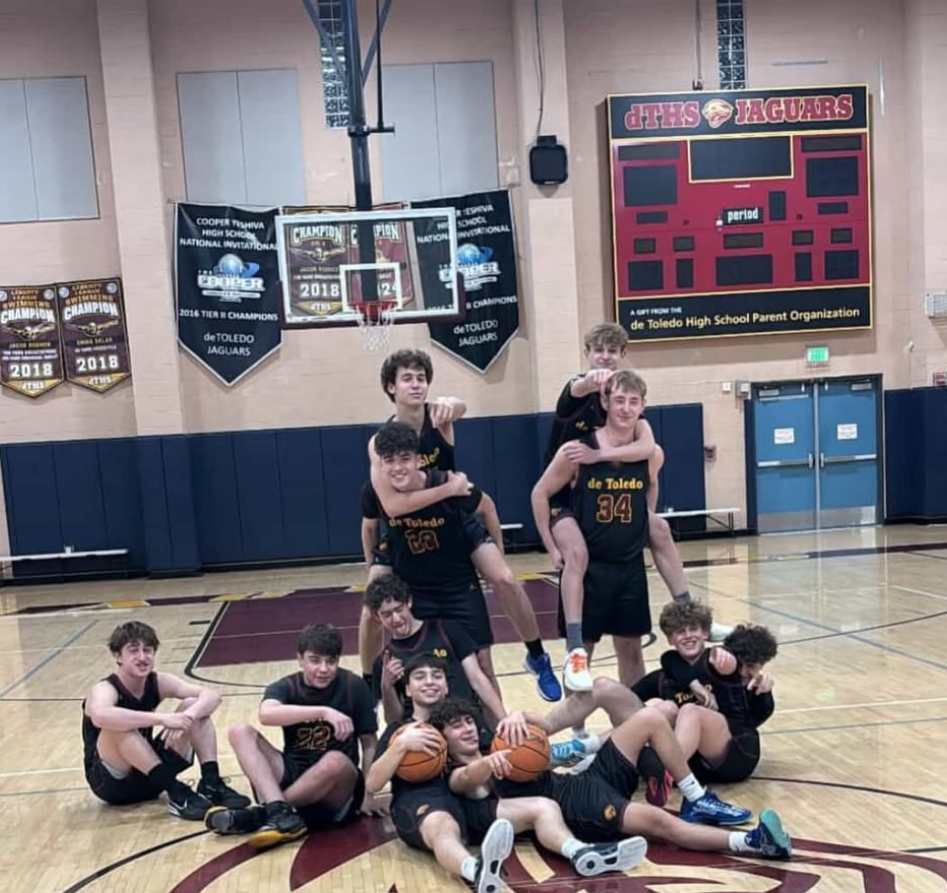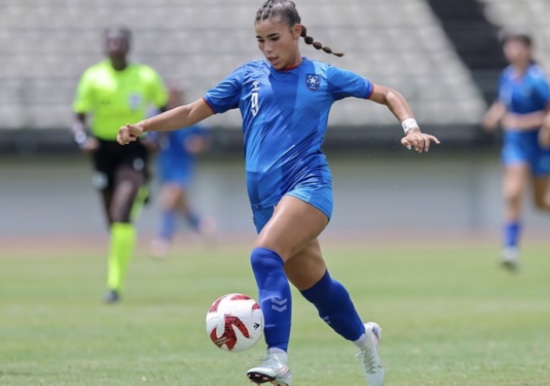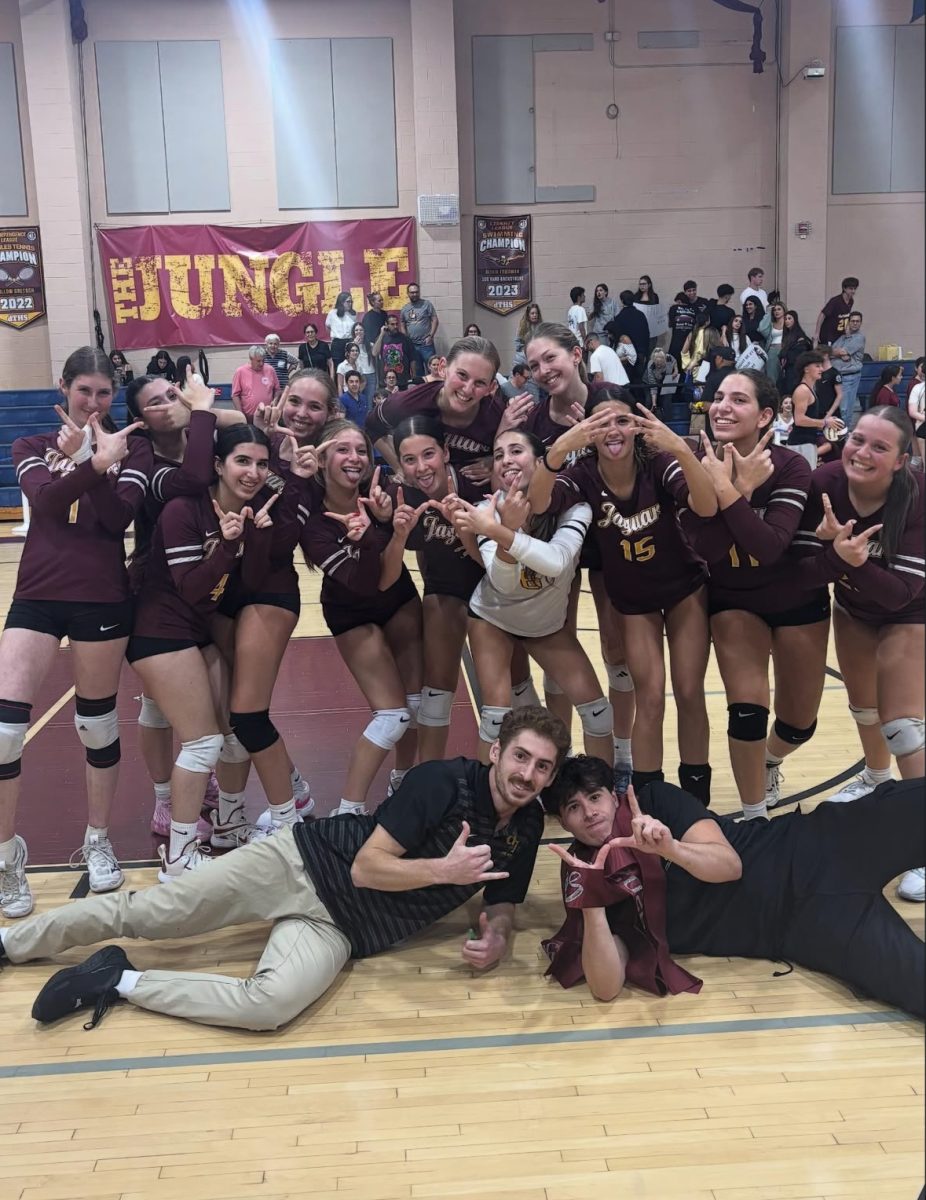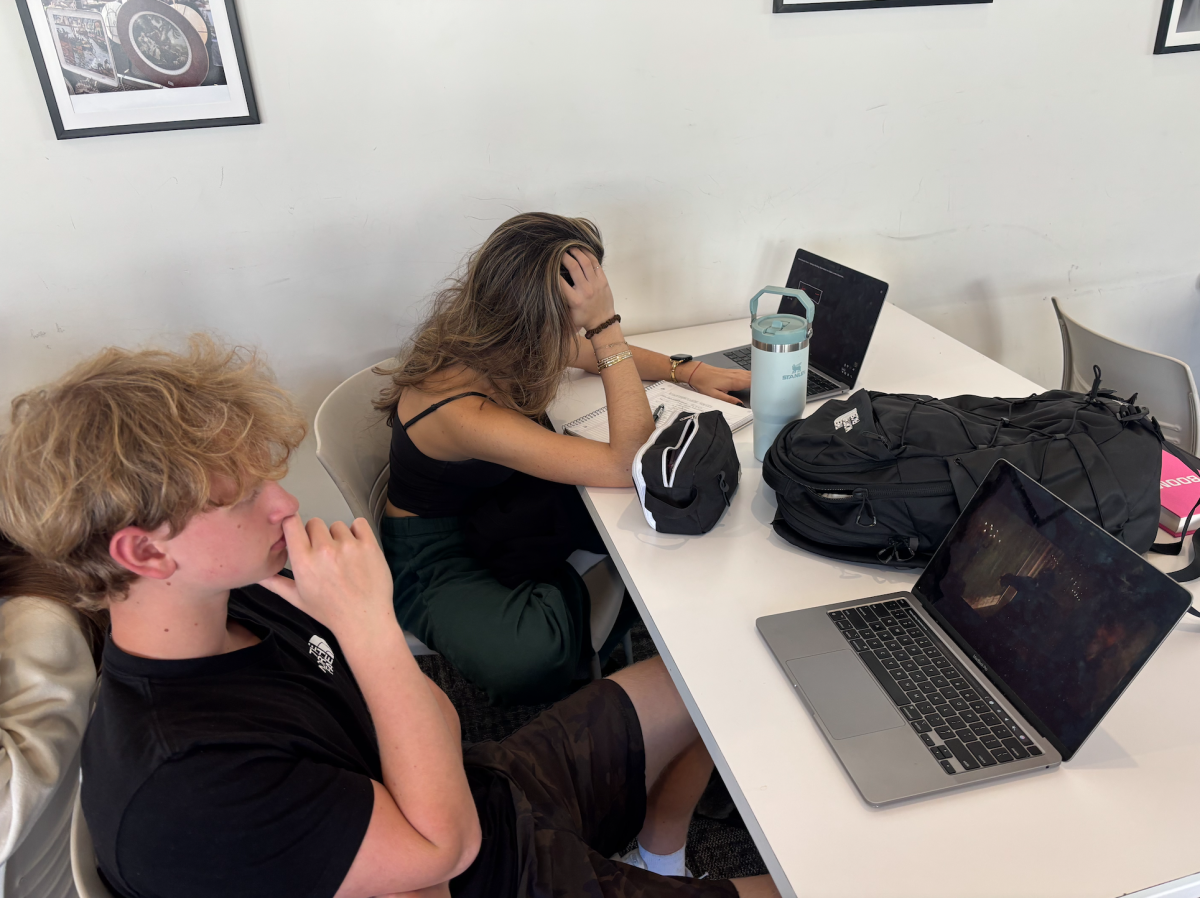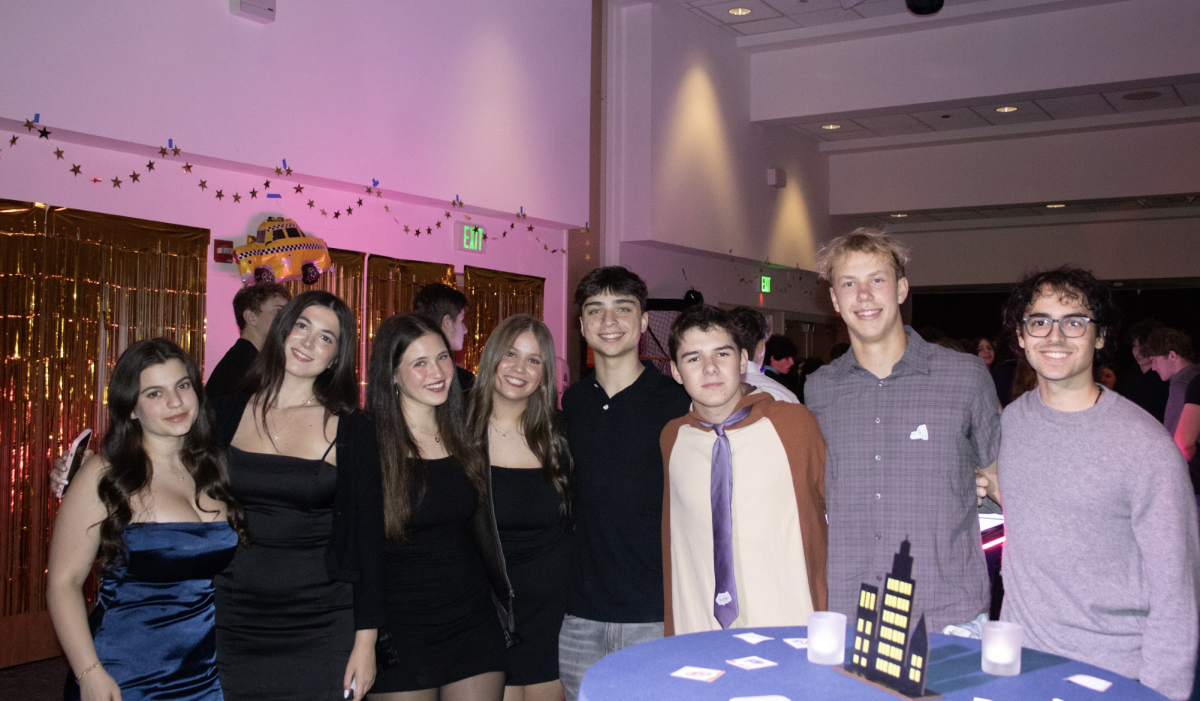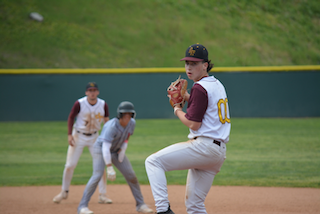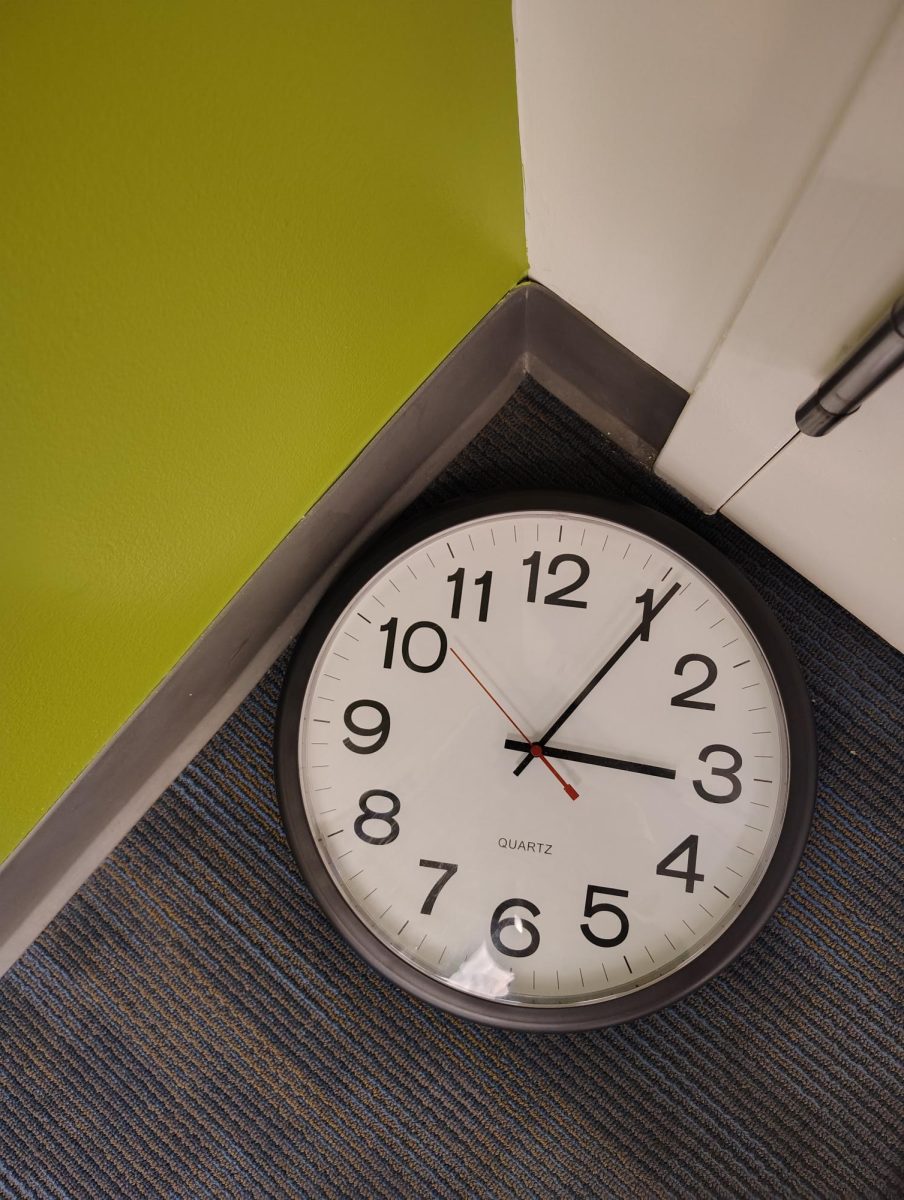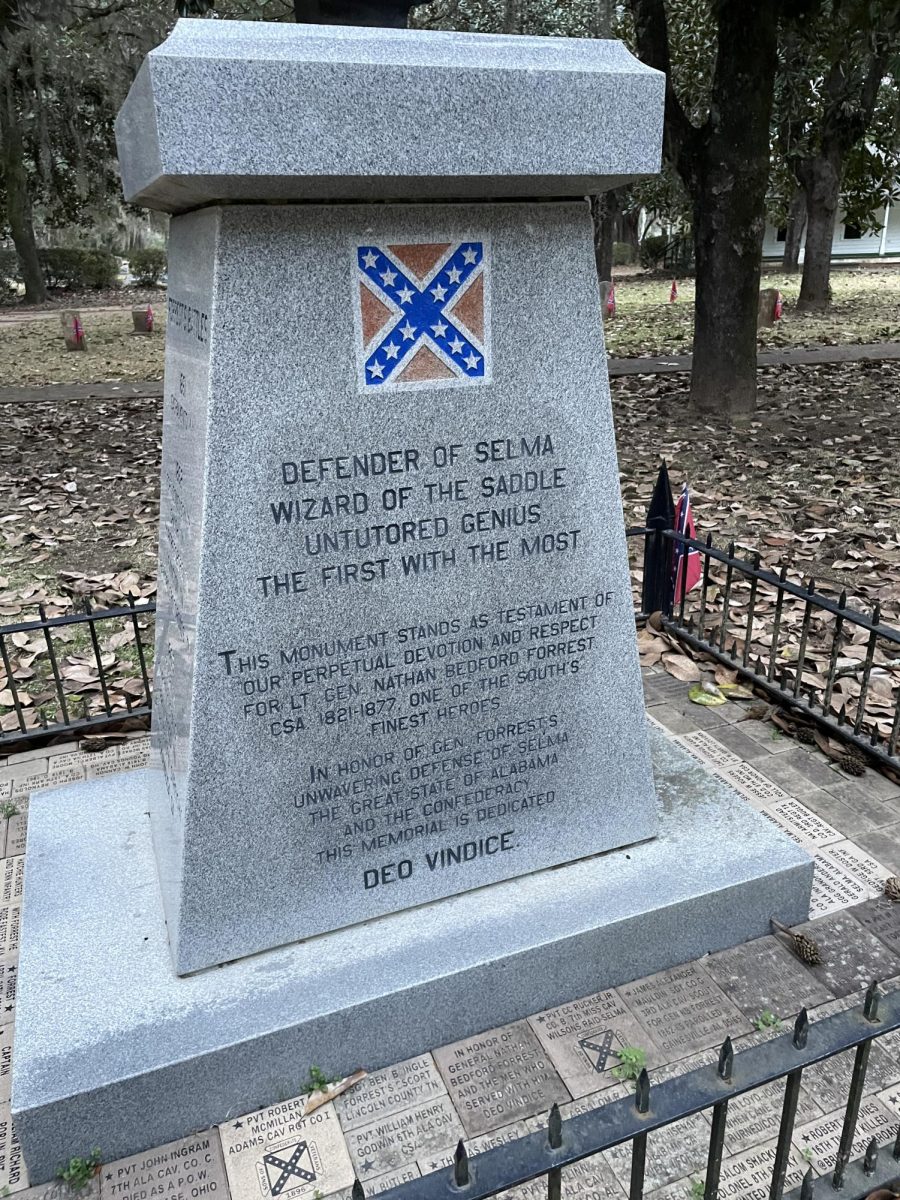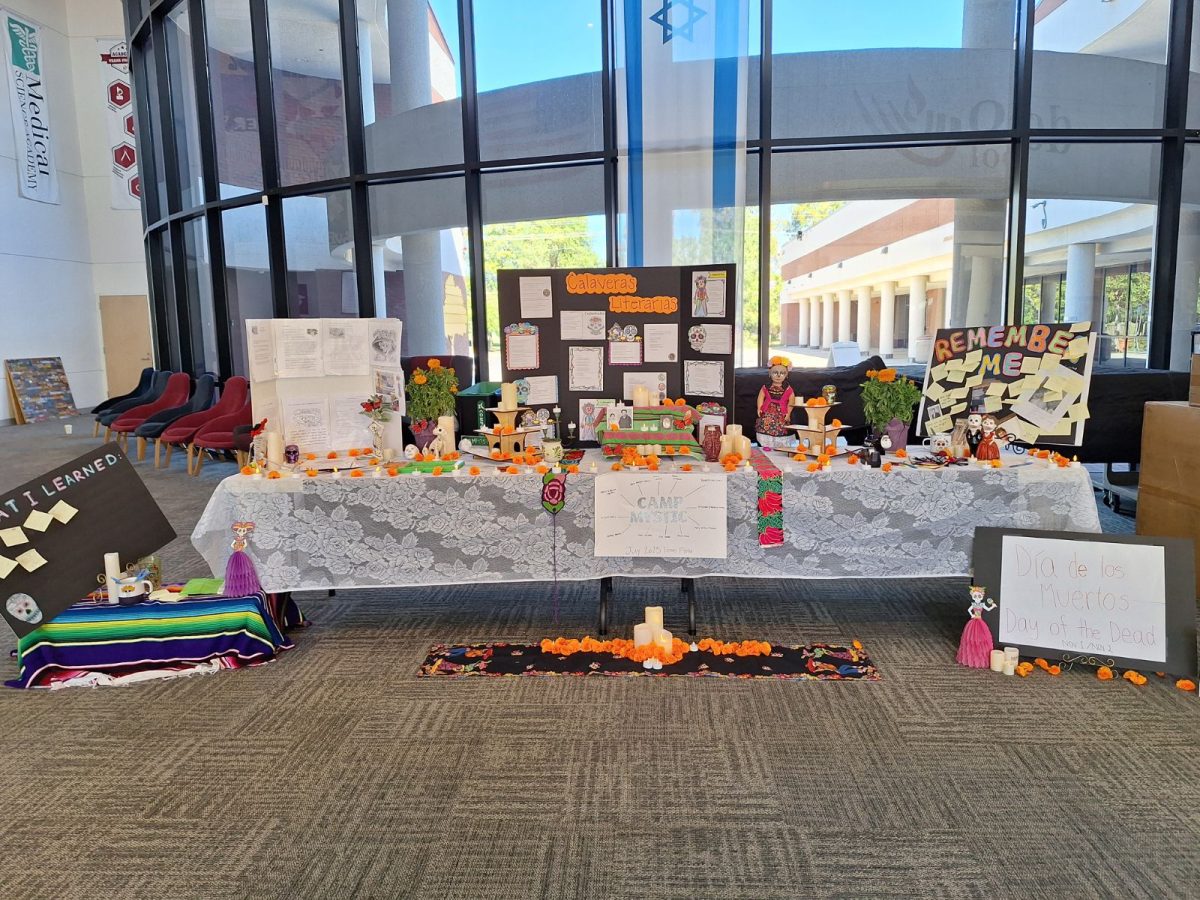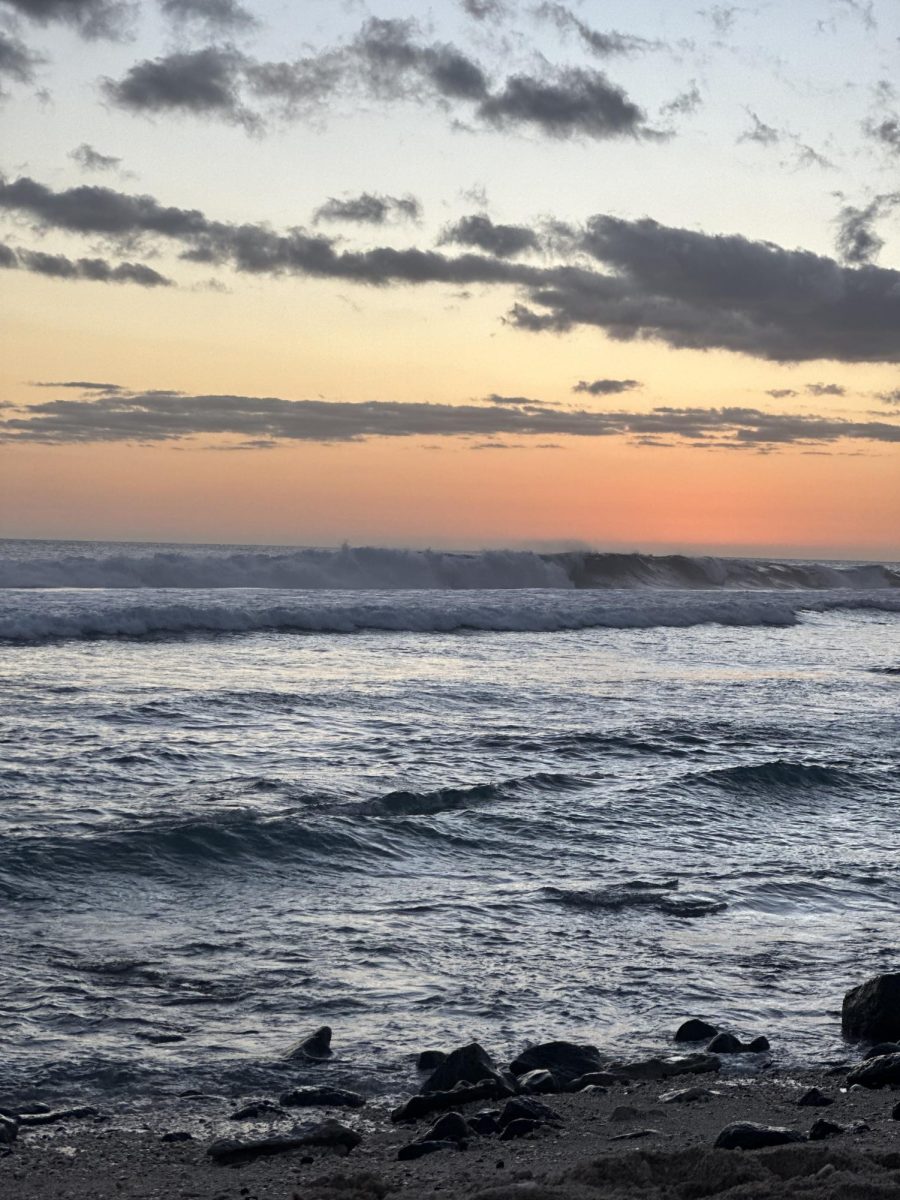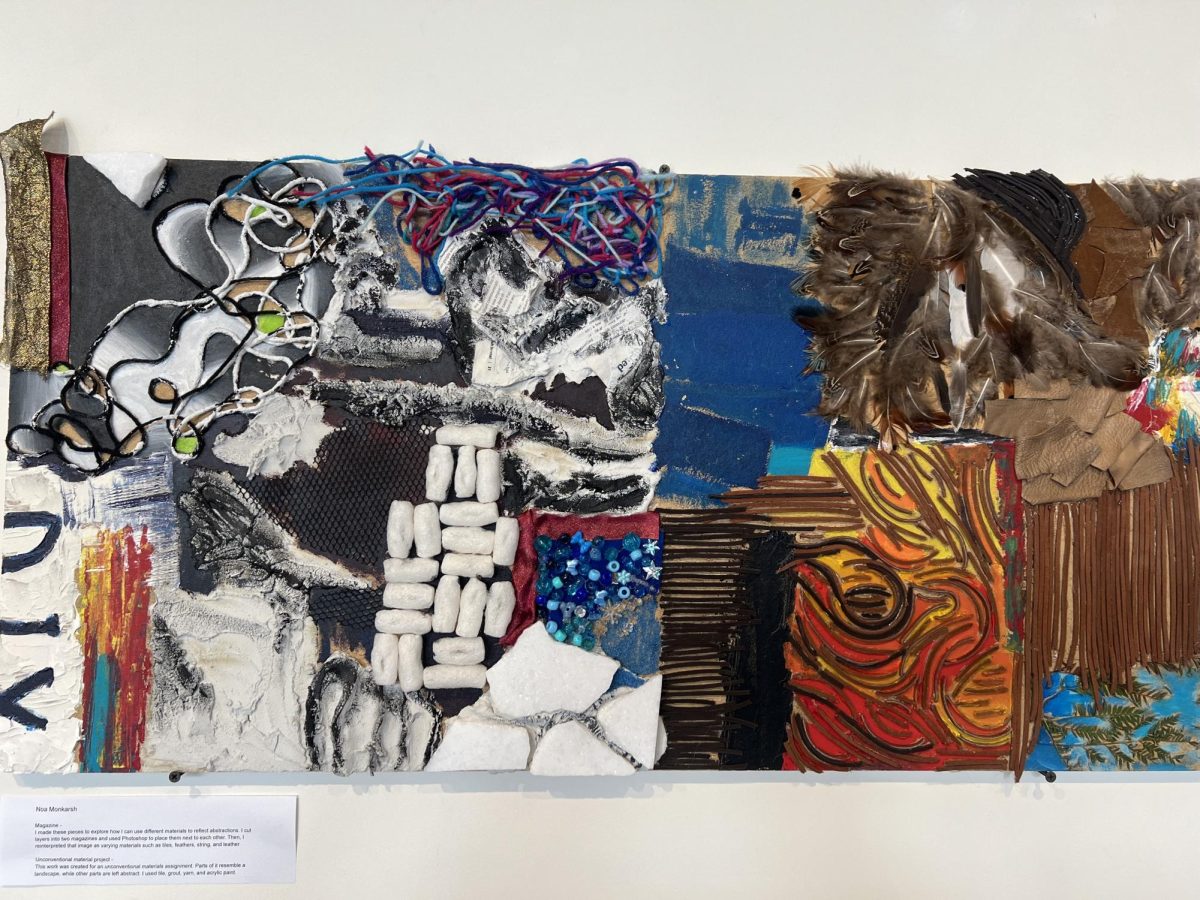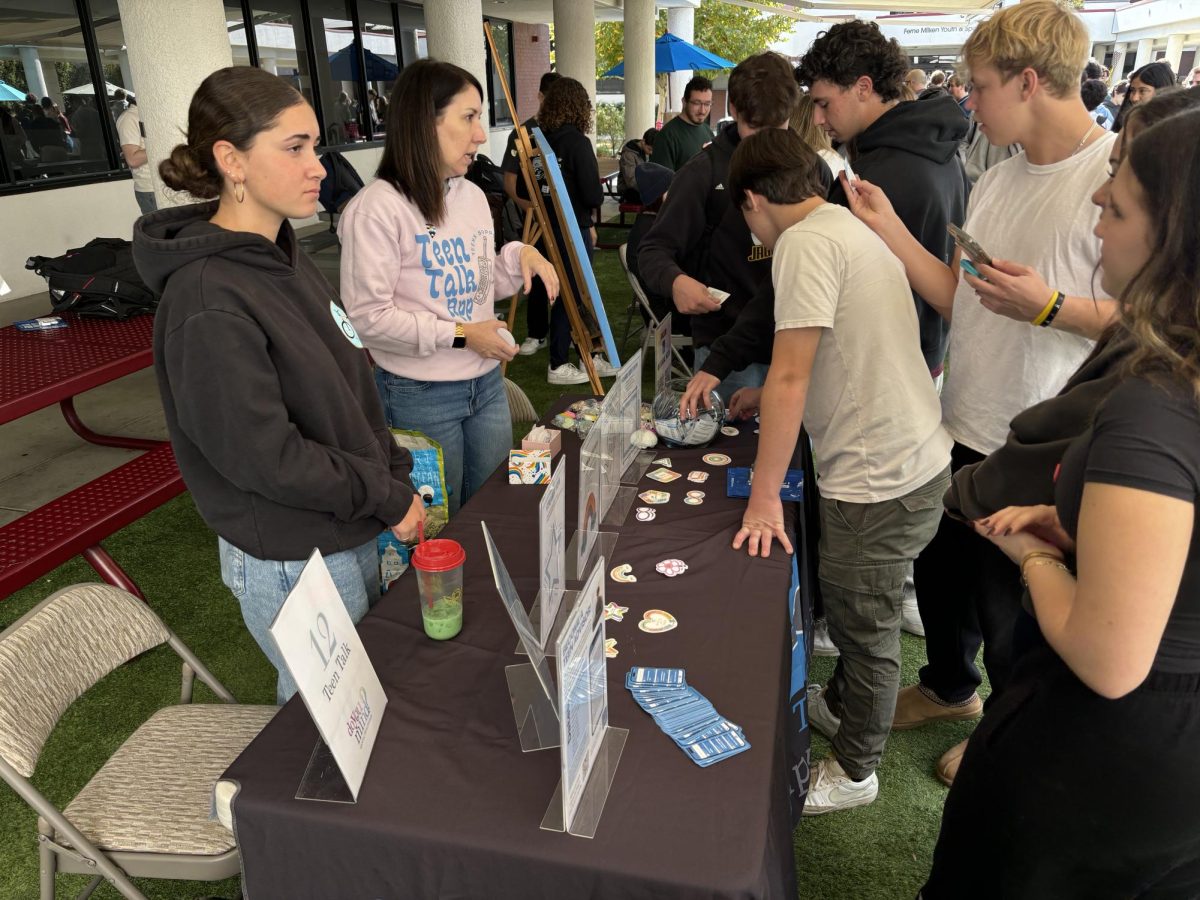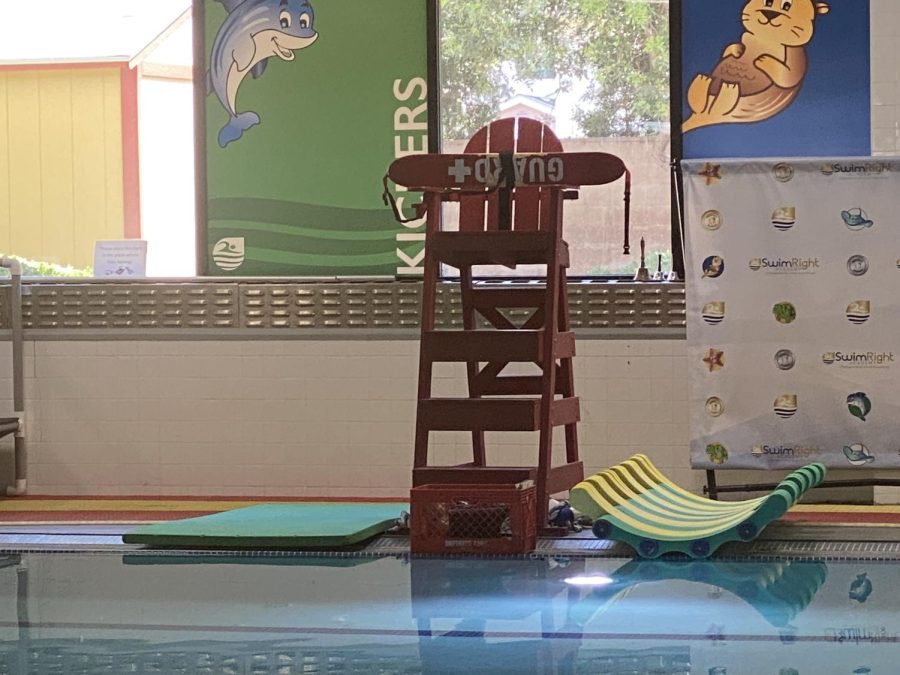Lifeguard on Duty
Whistle! Passive victim! I need a backboard! Call 911 and get me an AED.
Swimming as fast as I can to the victim, submerging my body down into the water, wrapping the slack of the buoy and punching the buoy on the person’s back–I have to stabilize them and then swim as quickly as I can to the edge.
There is another lifeguard there to help. We pull the victim onto the back board and when it gets to land, we start the CPR process: 30 compressions to two breaths–or “ventilations”–trying to save their life.
This is what I learned when I became lifeguard-certified.
Last month, I decided that I wanted to become lifeguard-certified. It was a pretty tedious process, but it was definitely worth it in the end. The first thing I had to do was complete a seven-hour online course about lifeguarding and all the different types of rescues. I had to pass an online test and get at least an 80 percent to be able to go to the in-person training. I was really scared that I would not pass and there was no other training for a very long time. You have two tries to pass the test. The first try, I got 75 percent. But luckily, the second try I got exactly 80 percent and was able to go to the in-person training the very next day.
I woke up at six in the morning and drove down to Pasadena for training. When I got there I was pretty scared because I did not know anyone there. But I took a deep breath and walked in, and it was actually a very welcoming, friendly environment.
The class started with us doing skits in all possible scenarios you might do as a lifeguard, including seizures, diabetic shock, cuts, and bee stings. This was a fun way to remember the skills we learned in the online course. We reviewed on land all the rescues we will do in the water.
There are four main rescues: active front where you swim to the victim and push the buoy into them, active back where you hook their arms and float on your back until you reach the edge of the pool, passive front where you carefully flip them over and carry them back to shore, and captive back, where you had to flip them over and push the buoy under them and take them back to the edge of the pool. This was very hard to remember and was overwhelming in the beginning because I had never done this before. After a few tries, I became pretty comfortable with it, and it was time to do it in the pool.
First, we had to do some swim tests: swim 300 meters, which is 12 laps; tread water for two minutes and dive down to get a brick. These were all pretty easy for me because I am a pretty strong swimmer. Then it was the fun part where we learned all the rescues in water. We partnered up and did all the rescues. This was really fun, and it was cool knowing that this can save someone’s life. This was the end of the first day.
On the second day, we learned was CPR and we all became CRP-certified. We gave 30 chest compressions and two ventilations to dummies. We also learned how to save someone if they are choking by giving them back thrusts and chest blows.
After that, it was time for the final test. This is where we had to show the instructor we knew all the rescues and can do all of them on our own. This took a very long time, but I ended up passing the test and there was only one thing I had left: passing the written test. I sat down and started answering the questions and had to pass without getting eight wrong. I turned it in and it was graded right away and…. I passed.
I was so excited that I was lifeguard-certified. Now, over the summer, I am going to swim at a summer camp that I have been to for twelve years, and I cannot be more excited.
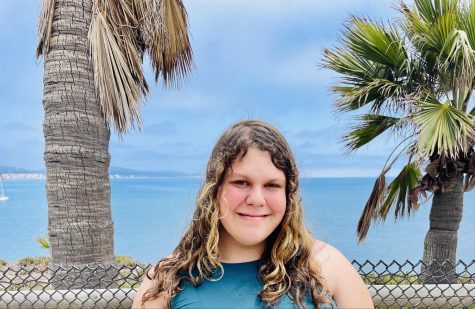
Hi, I am Becca Grae, and I am a senior. I love writing about anything I am passionate about, like animals, tap dancing, and the beach. I am excited to...

